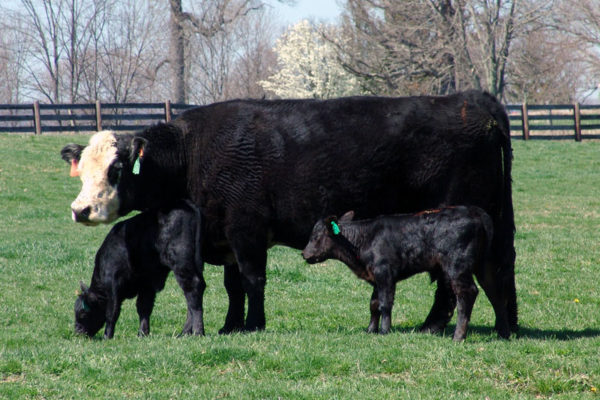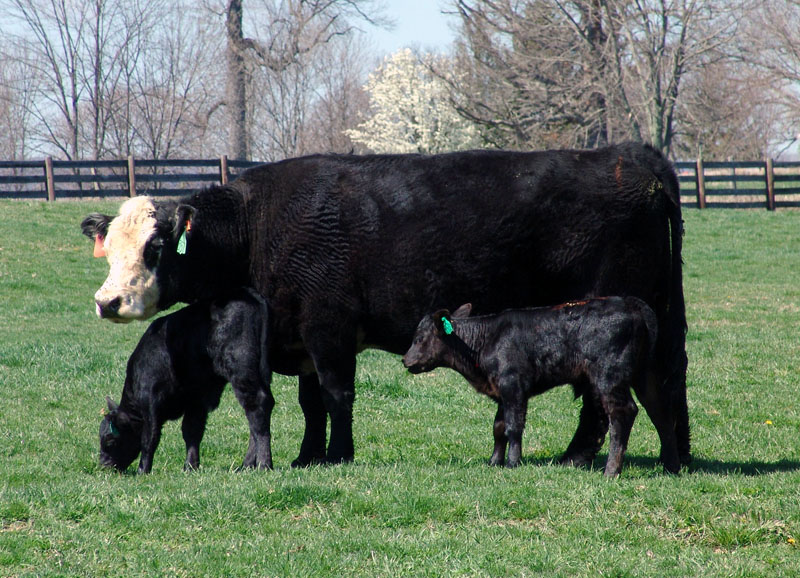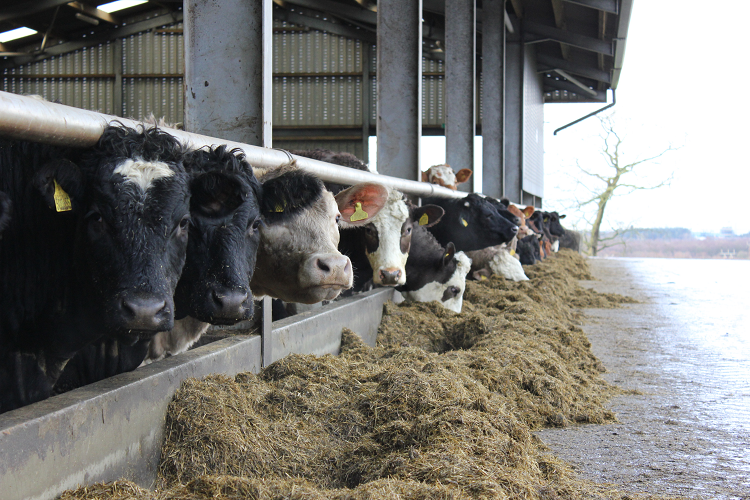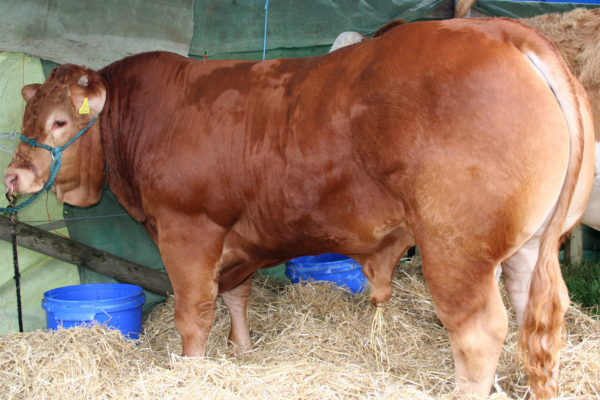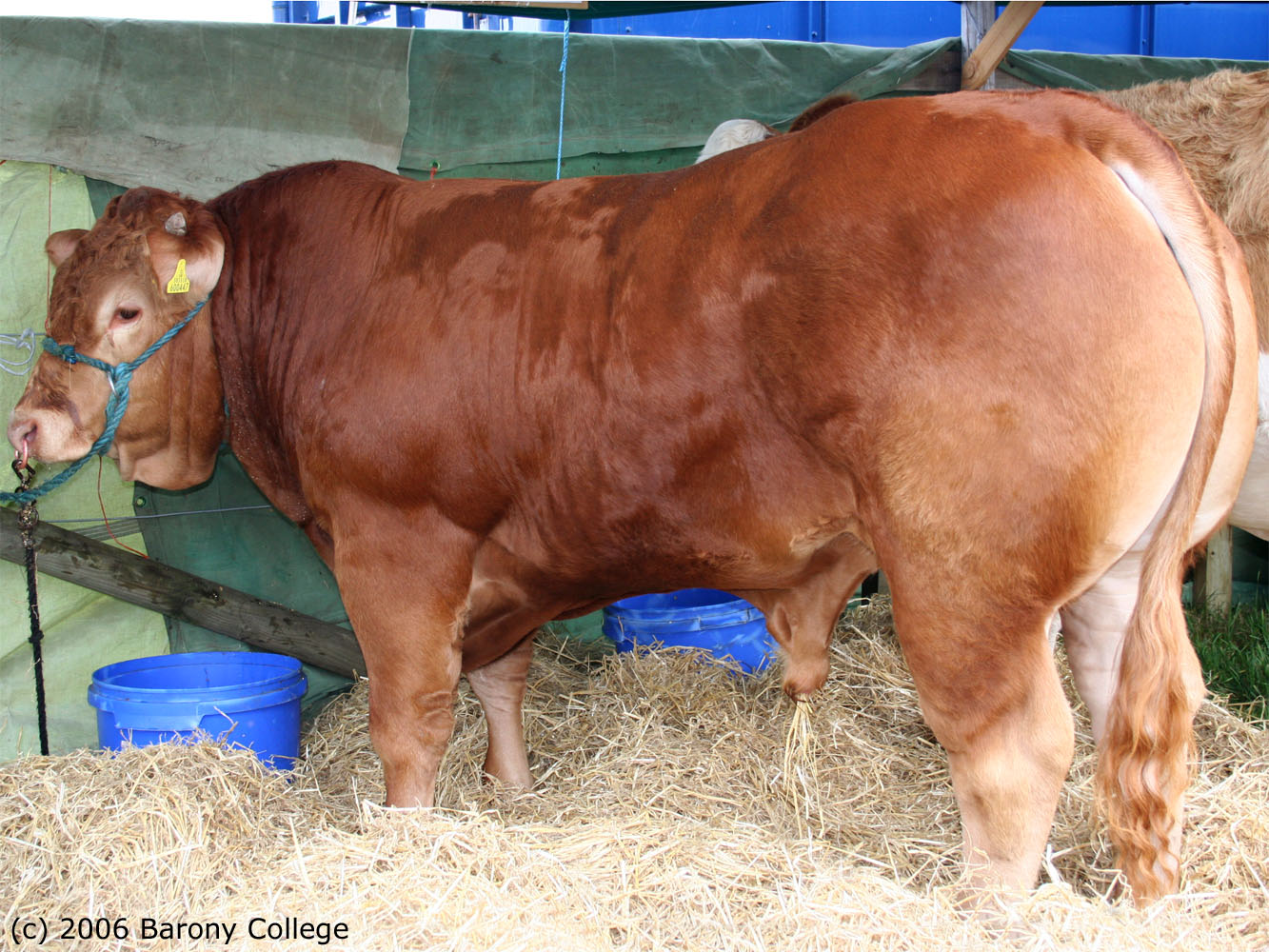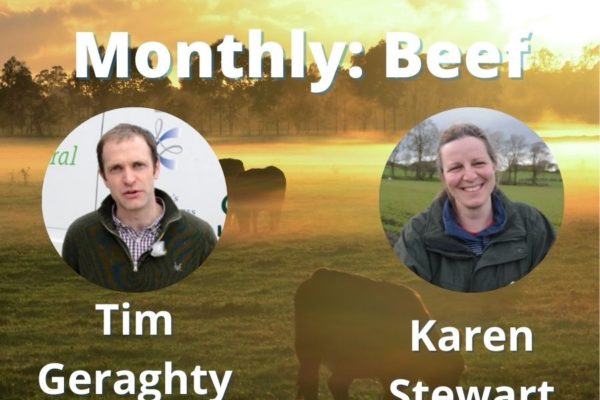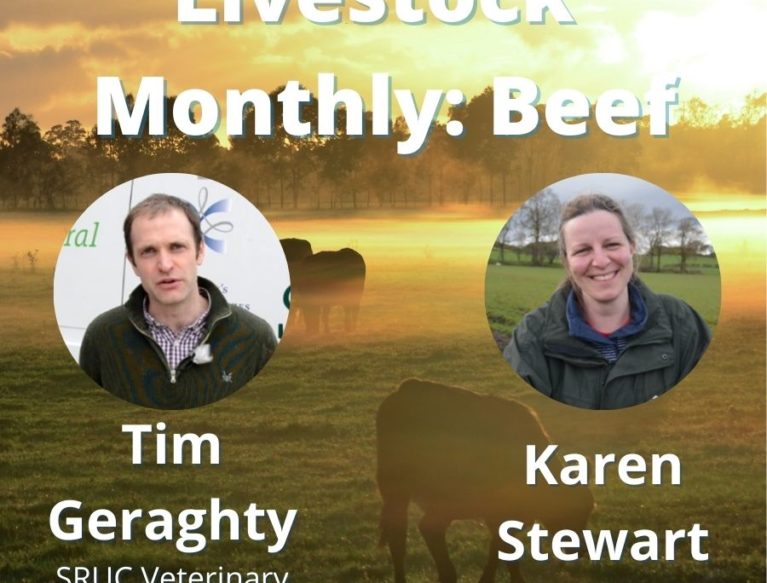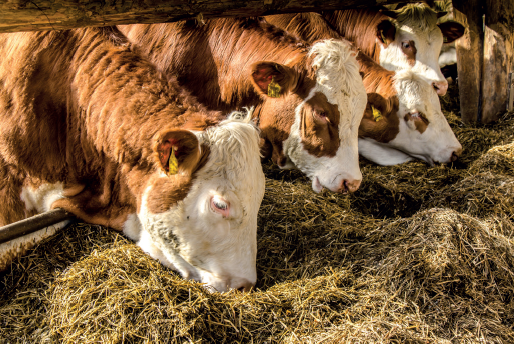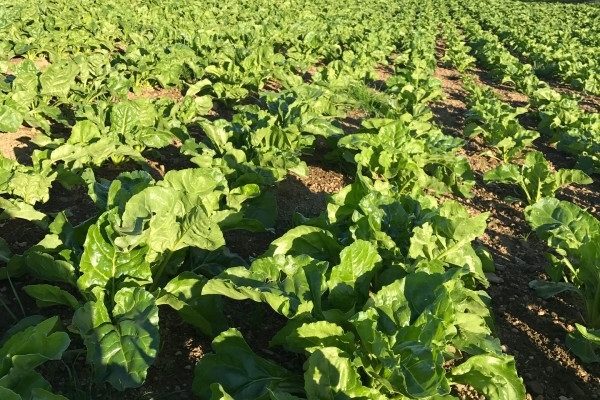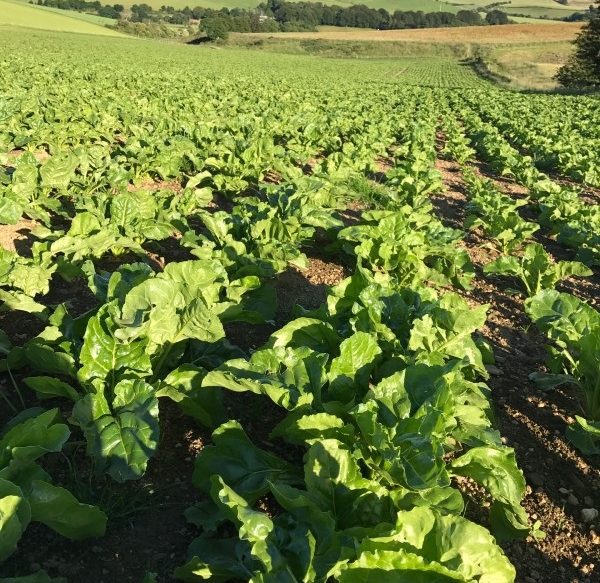Beef Cattle
Remember The Golden Rule Of Calving!
We are getting reports of large numbers of twins currently being born. This makes it even more important to check for a second calf, especially for cows which have had a small calf and are leaner. It is often the second calf which takes longer to be born, has the highest chance of being mis-mothered and hence has the higher risk of dying.
Read More >Planning for high fertiliser prices in a beef system
The fertiliser price over the last six months has been on an upward trajectory and as we enter the main growing season hope of prices falling fade. Gas is an…
Read More >Testing Requirements For Bull Sales
Bull sale season is here once again. For those of you with pedigree animals to sell later in the year it’s time to think about the health testing that is required for sale animals. Most of the main breed societies endorse herd or individual animal screening for sale animals.
Read More >Cattle Record Keeping
This factsheet has been created to highlight the up-to-date requirements for cattle record keeping in Scotland. Since October 2021 all cattle births, deaths and movements must now be reported to…
Read More >Livestock Monthly: Beef (Recorded February 2022)
In the latest of our livestock monthly podcasts episodes hosted by Agricultural Consultant Robert Ramsay of SAC Consulting, we talk beef with Veterinary Investigation Officer, Tim Geraghty of SRUC Veterinary…
Read More >Agribusiness News March 2022
The March 2022 edition of Agribusiness News is now available to download. Along with the regular monthly articles on policy, beef, potatoes, sheep and milk, this month we also have…
Read More >Feeding Pre-Calving Minerals
An important factor in the pre-calving period is to ensure the cow is getting adequate minerals in her diet. Mineral levels in UK silages are variable and are influenced by…
Read More >Transitioning Off Fodder Beet
The importance of transitioning livestock on to fodder beet slowly, to allow the rumen bugs to adapt to the high sugar diet is well documented. However, as calving and lambing approaches, the slow and steady approach should also be used for transitioning the livestock off the beet.
Read More >
